In the reference architectures for IOT Hub\Central you can easily see how the SAS or X509 Cert is used for device authentication. As an example, look at this MXChip OTA Example. (my notes in pink)
Reference Article: Azure MXChip IoT DevKit Firmware OTA (Over-the-Air)
When we extend out to other Azure Services, can you leverage this authentication for other actions such as downloading files for OTA.
The only approach I can come up with is either:
a) have the download endpoint be secure through obscurity (not great).
b) introduce a shim service and implement an additional authentication layer there.
A seems bad. B seems like a waste. I feel like I'm missing and option C or lack the right info on the Azure-way for this one.
Thanks!

